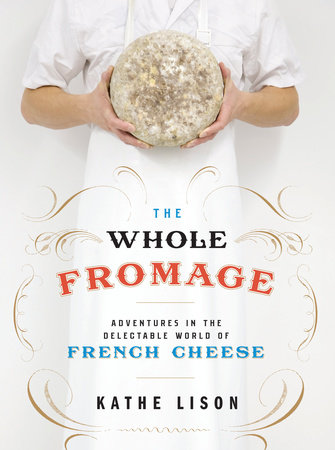The Whole Fromage Reader’s Guide
By Kathe Lison


1. A lot of books have been written on the subject of French cheese, though none are quite like The Whole Fromage. In what ways do you think this book treats the subject differently than it has been approached in the past? What effect did this have on your reading experience?
2. The book contains elements of personal narrative, but it’s really the history and culture of French cheese that form the “spine” of the story. What do you think might have led the author to structure the action that way? Did learning more about the history and culture cause you to think differently about French cheese?
3. Part of the history of French cheese is the battle between industrial and more artisan production. Lison suggests that industrial cheese doesn’t necessarily have to be all bad. What do you think of this idea? Should all cheese be artisan and locally produced? Or is there a place for factory-made cheese in a sustainable future?
4. Lison clearly did a tremendous amount of travel throughout France while researching the book. Were there any particular places or characters in the book that stood out for you? If you could be magically transported to one of the locales in the book, which one would it be?
5. Which of the cheeses discussed was your favorite? Why?
Just for joining you’ll get personalized recommendations on your dashboard daily and features only for members.
Find Out More Join Now Sign In